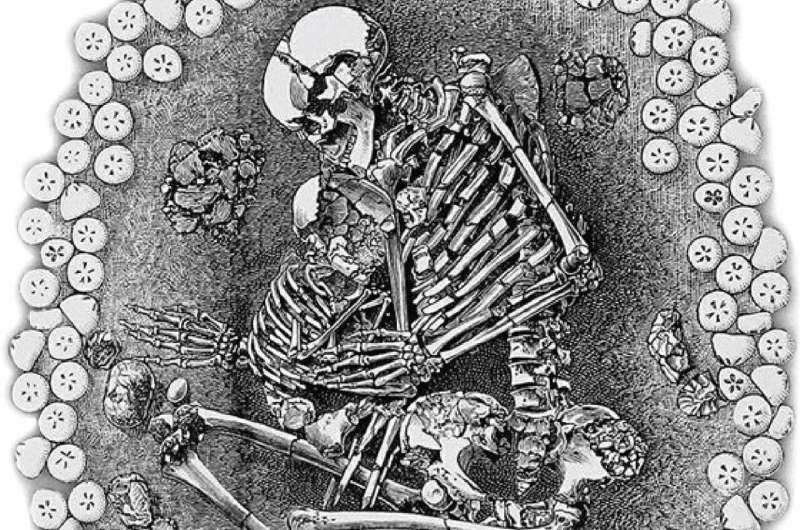In a groundbreaking development, new research has shed light on the intricate social structures of Western Eurasian Bell Beaker communities. This revelation offers a fascinating glimpse into the lives of ancient peoples and their familial dynamics. Join us as we delve into the details of this groundbreaking study and uncover the secrets of Bell Beaker society.

The Bell Beaker Phenomenon
The Bell Beaker phenomenon, named after the distinctive pottery vessels found at archaeological sites across Western Eurasia, represents a significant cultural and technological transition in prehistoric Europe. Flourishing during the late Neolithic and early Bronze Age periods (circa 2800–1800 BCE), Bell Beaker communities are known for their distinctive burial practices, material culture, and widespread distribution.
Exploring Social Structures
Recent research has focused on unraveling the social structures within Bell Beaker communities, offering insights into their familial relationships, kinship networks, and social hierarchies. By analyzing burial patterns, DNA evidence, and material remains, archaeologists have been able to piece together a more nuanced understanding of how these ancient societies functioned and interacted.

Family Dynamics
One of the most significant findings of the research is the revelation of complex family dynamics within Bell Beaker communities. Contrary to previous assumptions of homogeneity, the study has revealed diverse family structures, including extended families, nuclear households, and possibly even matrilineal lineages. This suggests a rich tapestry of social relationships and kinship ties that played a crucial role in shaping Bell Beaker society.
Implications and Interpretations: The implications of this research are far-reaching, offering new perspectives on the organization and dynamics of ancient communities. The discovery of diverse family structures challenges conventional narratives of prehistoric societies and underscores the importance of exploring alternative models of social organization. Additionally, the findings highlight the resilience and adaptability of human communities in the face of cultural change and environmental challenges.
Future Directions
As archaeologists continue to unravel the mysteries of Bell Beaker society, further research is needed to explore the nuances of family dynamics and social organization. Interdisciplinary approaches, combining archaeological, genetic, and anthropological methods, will be essential in painting a comprehensive picture of life in ancient Western Eurasia. By building upon the foundations laid by this groundbreaking study, we can gain a deeper understanding of the human experience and the forces that shape our collective history.
Conclusion
The unveiling of family dynamics within Western Eurasian Bell Beaker communities marks a significant milestone in our quest to understand the complexities of ancient societies. Through meticulous research and interdisciplinary collaboration, archaeologists are piecing together the puzzle of prehistoric life, illuminating the rich tapestry of human experience across time and space. As we continue to explore the social structures of Bell Beaker communities, may we gain new insights into the dynamics of human relationships and the enduring legacy of our ancestors.






